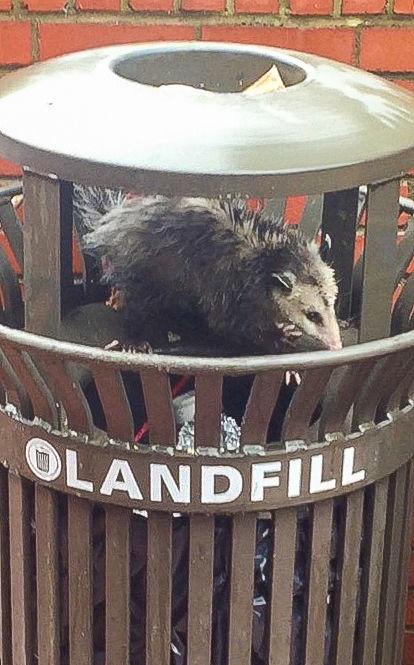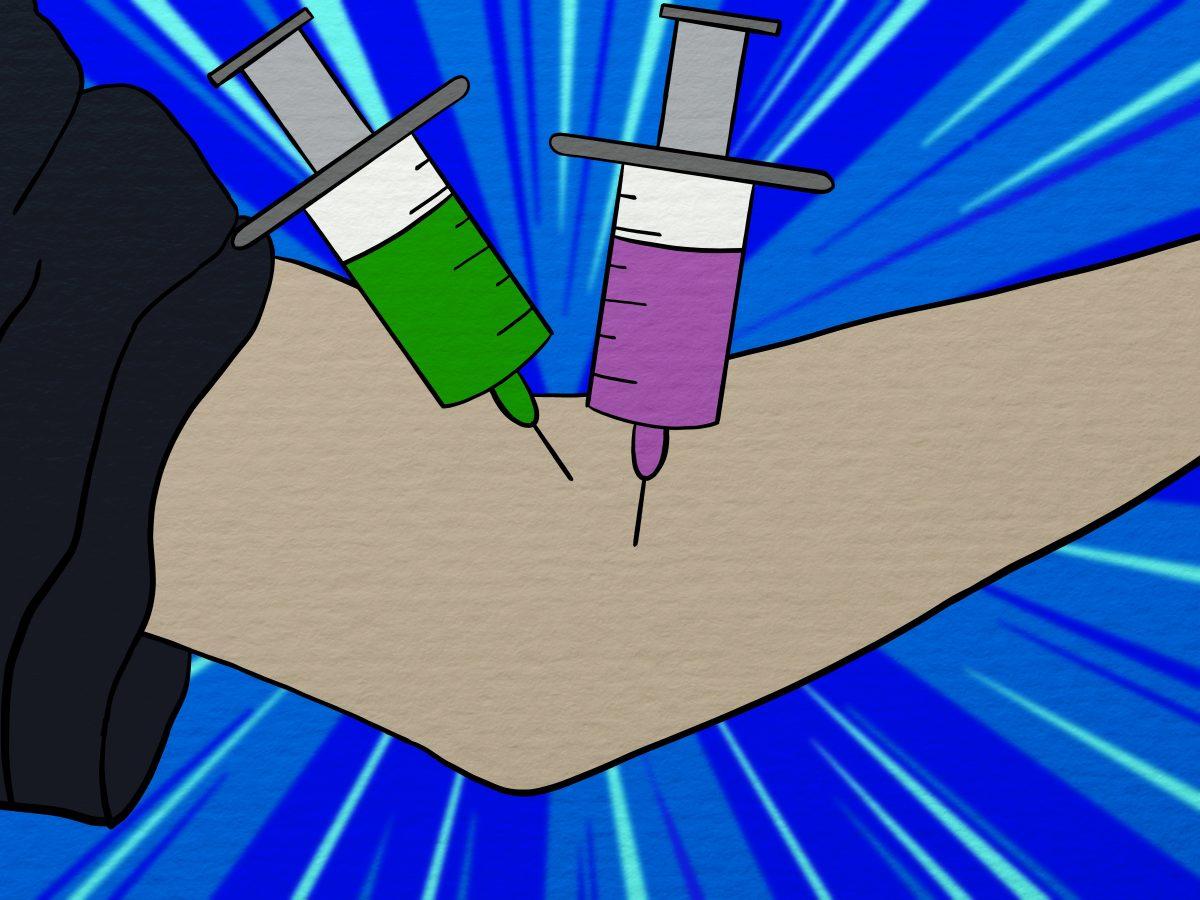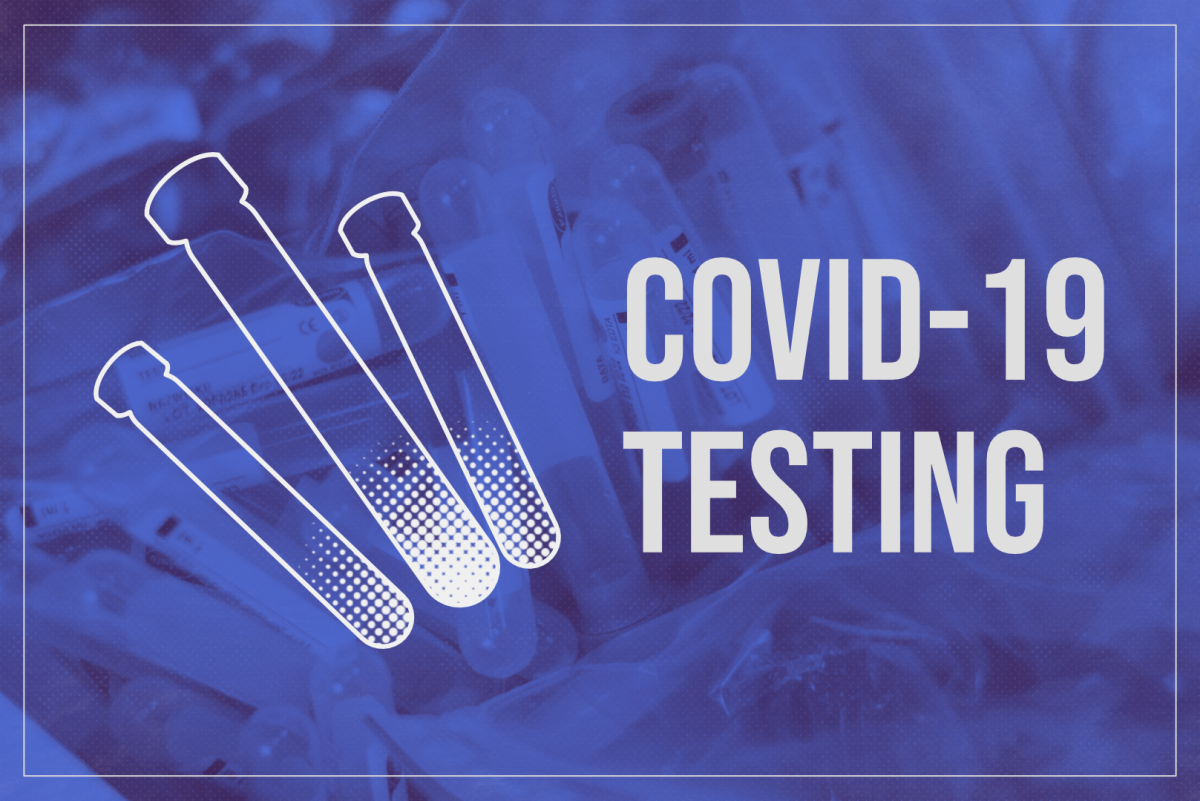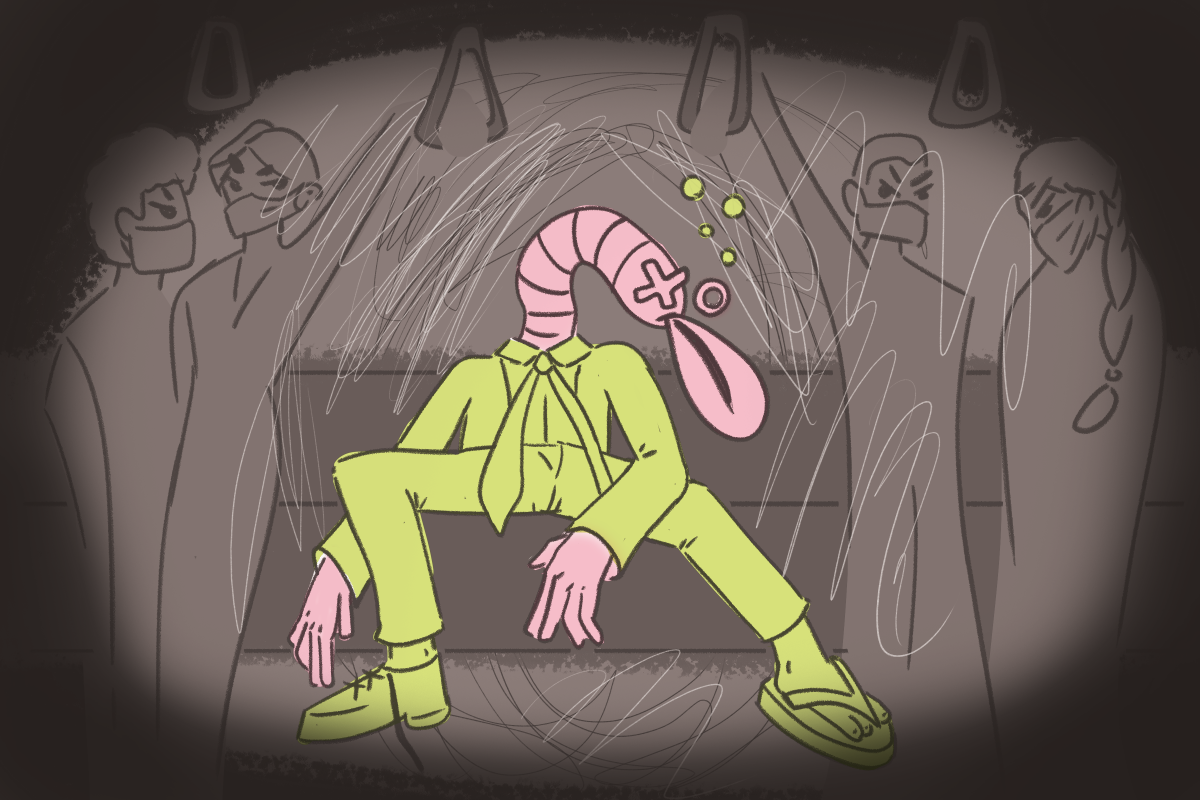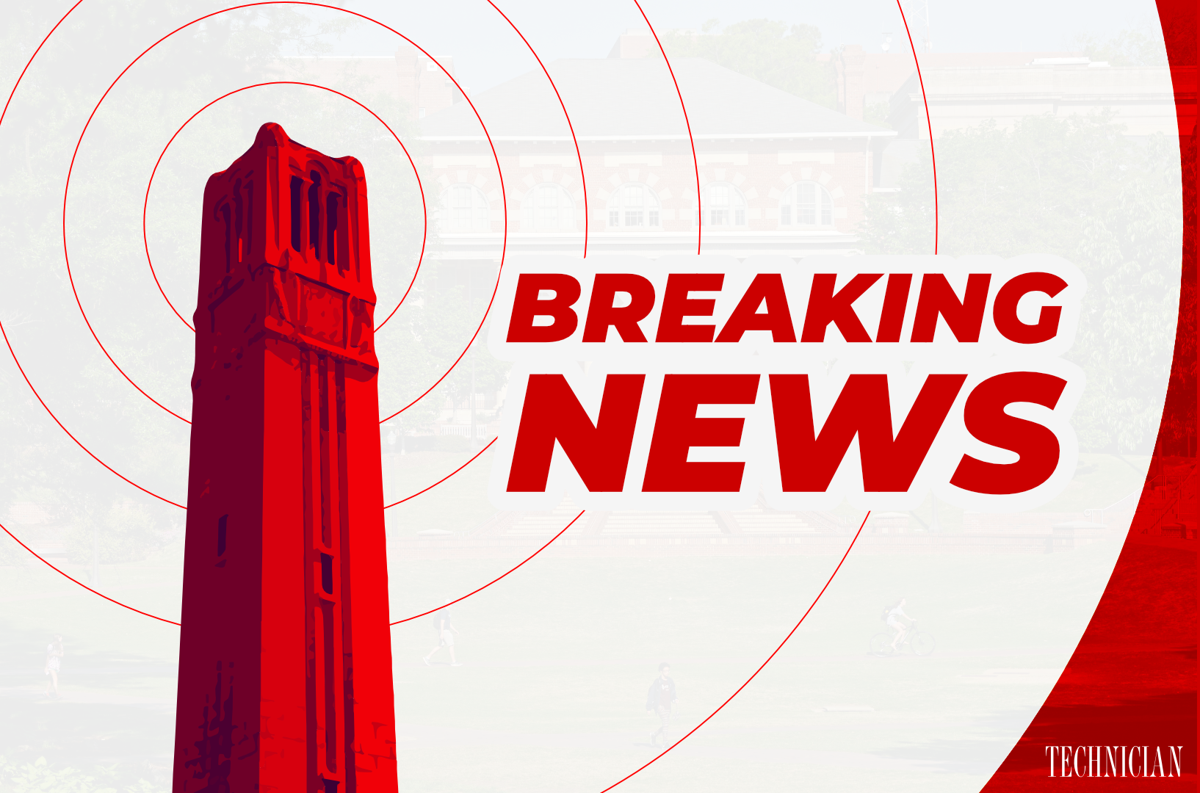The squirrels on campus are about as recognizable to any NC State student as the bricks or the Belltower. As much as students and faculty like to believe that we are separated from wildlife, the animals on campus are reliant on us and our waste. What happens to them now that students have left campus?
Kimberly Ange-van Heugten, an associate professor of animal science, says the animals that are likely to be found on campus are there because they are opportunistic and humans make it easy for them to access food.
“Squirrels, raccoons, rats and, to some degree mice, a lot of animals like that are very opportunistic,” Ange-van Heugten said. “They’re going to get their food from the easiest source possible. Clearly we make it very easy for them sometimes.”
Ange-van Heugten says the density of trash cans and dumpsters on a college campus make this trash easily accessible for these animals. Sarah Ketchem, director of grounds and building services for NC State Facilities, says the Facilities crew is aware of the animals and do their best to keep the animals out of the trash. However, Ketchem says it’s almost impossible to have a squirrel-proof trash can.
Ketchem says it’s not uncommon for raccoons to fall in the dumpsters on campus, but Facilities does everything possible to keep the animals, as well as students, safe. She hopes less trash on campus will allow the animals to revert back to more of their natural diets.
“We want them to not eat our trash,” Ketchem said. “The preference would be for them to eat their natural food and stay out of the trash cans, but it happens. Hopefully, they’ll be healthier.”
Ange-van Heugten, however, is skeptical.
“We’re still eating,” Ange-van Heugten said. “We’re still making trash. We’re just putting it in different places. They’re going to slowly figure out where those places are, and they’re going to change their patterns to suit that. Some of them are better at that than others, like rats.”
Several publications have come out detailing the short-term effects of the pandemic on wildlife, including one mentioned by Ange-van Heugten which details the pattern of rats in New York. According to this publication, the rats have been moving onto higher floors after not being able to access the trash on lower level restaurants.
However, the pandemic’s effects on wildlife have not been entirely negative. According to Ange-van Heugten, a decrease in traffic and travel has decreased the amount of wildlife being hit and killed or injured by vehicles.
“As these animals start trying to move and find new food, there are less cars on the road and are a whole lot less likely to run over them while they’re migrating,” Ange-van Heugten said. “We are disturbing them a lot less in other ways. I think it will all even out, maybe even in favor of the animals.”
Ketchem and the Facilities crew like to keep themselves as distant from the wildlife as possible to allow them to exist in their natural habitat as much as possible. The crew will avoid interacting with the animals as much as possible, including leaving planks of wood in dumpsters to allow raccoons who have gotten themselves stuck to climb out on their own.
Ange-van Heugten hopes that students leaving campus could prevent dangerous interactions between humans and animals. This includes rabid animals and feral cats and protects not only the people but the animals as well.
“If one student was to get bitten by a rabid raccoon, what would happen to every raccoon on campus?” Ange-van Heugten said. “Wildlife control is going to have to come out and put all of them down. I say that and people are like, ‘You should be worried about the people,’ and I am, but I’m also worried about the animals.”
With misinformation running rampant during the COVID-19 pandemic, Ange-van Heugten says to verify all of your information, not just “hard news,” but also the information about nature and animals.


